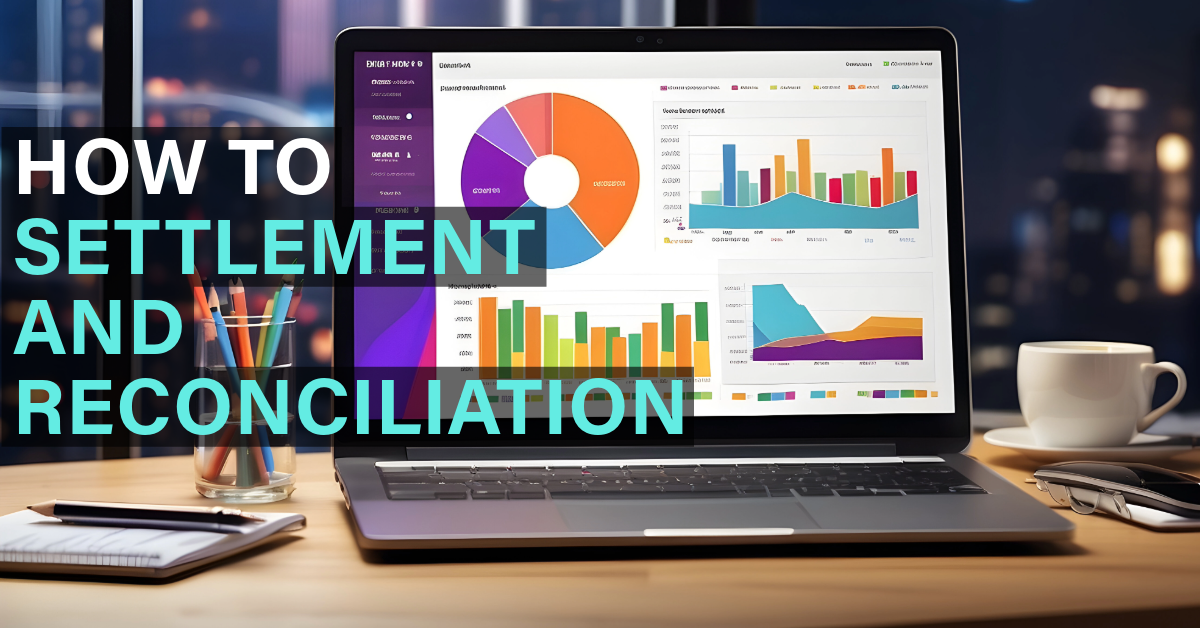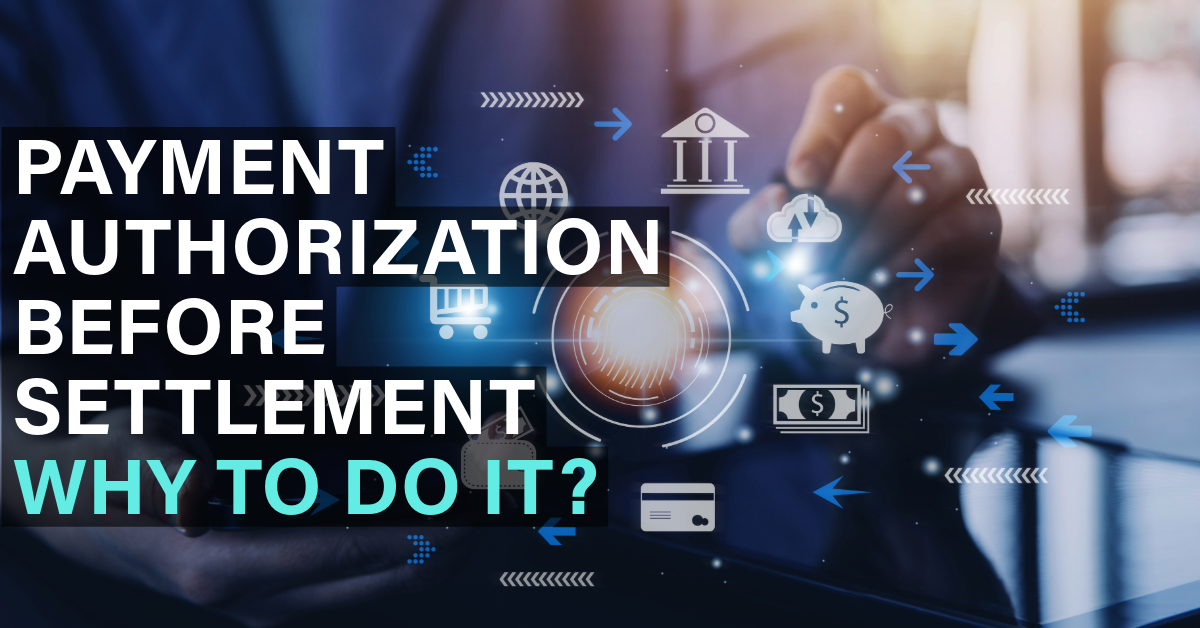
What Data Do We Share When Making Payment Online?
December 25, 2023
Stripe is a payment service provider (PSP) that enables merchants to accept a variety of payment methods both online and in-person. At least, this is how most of people know it. However, that’s not all what Stripe does.
Besides payment processing, Stripe has expanded its offerings over the years and developed an ecosystem that empowers merchants of all sizes to combat fraud, send payments, manage subscriptions, calculate taxes, and automate financial processes, to name a few. Yet, this is only part of the story as well.
Stripe’s success is not just attributed to the functionalities it offers, but also to how it offers them and to the added-services.
Here are some key factors that made Stripe the payment service provider and fintech of choice for individuals and merchants of all sizes alike:
- Accessibility – Stripe is designed to be user-friendly and accessible for businesses of all sizes. It is one of few payment service providers that make it so easy for any user to create an account and get a full access to their dashboard. In few minutes, any person can accept payments through any digital channel.
- API-first – Stripe is known for its API-first approach, and this methodology is deeply embedded in its development philosophy. A reason why developers all over the world enjoy working on integrating Stripe payments in their platforms.
- User Interface – The user interface (UI) of the Stripe Dashboard is built on top of the same APIs that are available to developers. This ensures that the UI is an accurate representation of what developers can achieve through the API, reinforcing the API-first mindset. Nevertheless, not all functionalities are accessible exclusively through the UI, but a very huge part of them that exceeds any other PSP offer.
- Documentation – Yes, that’s right! Documentation! It is a joy to read and browse through. While commercial teams lead the selection process of a payment provider, technology teams play a crucial role in tipping the scale toward their favorite vendor to work with. Nowadays, with the advancement of technology, an engineer’s opinion is highly weighted and taken very seriously in an RFP process. Good documentation enables developers to understand the integration requirements without dependency on Stripe’s support organization.
- Service suite – Stripe’s Payments, Connect, Billing, Checkout, Radar, Sigma, Tax, Card issuing, developer tools, terminal management, and, and, are all interconnected native Stripe products and available for customers with a push of a button.
- Value-add – In Q2 2023, Stripe announced its revenue and finance automation tool, providing businesses with control over the entire life cycle of their cash flow. Instead of consuming payment data and reports in their own expensive or complex ERP environments, merchants can reconcile their invoices against payments from within Stripe, where all the payment data is already available. With this move, Stripe entered the back-office operations space that no other financial institution had dared to venture into until this point.
As Stripe was growing, all of the above factors were actually favouring SME merchants. This is why Stripe was not considered the PSP of choice for many big enterprises for a long time. Instead, big enterprises were opting to do business with the likes of Adyen.
But Stripe did manage over the years to turn things around and make use of its strong foundation to reach new heights. Expanding its financial licensing and growing its organization in new markets has helped it acquire huge enterprise merchants and become even more successful.




